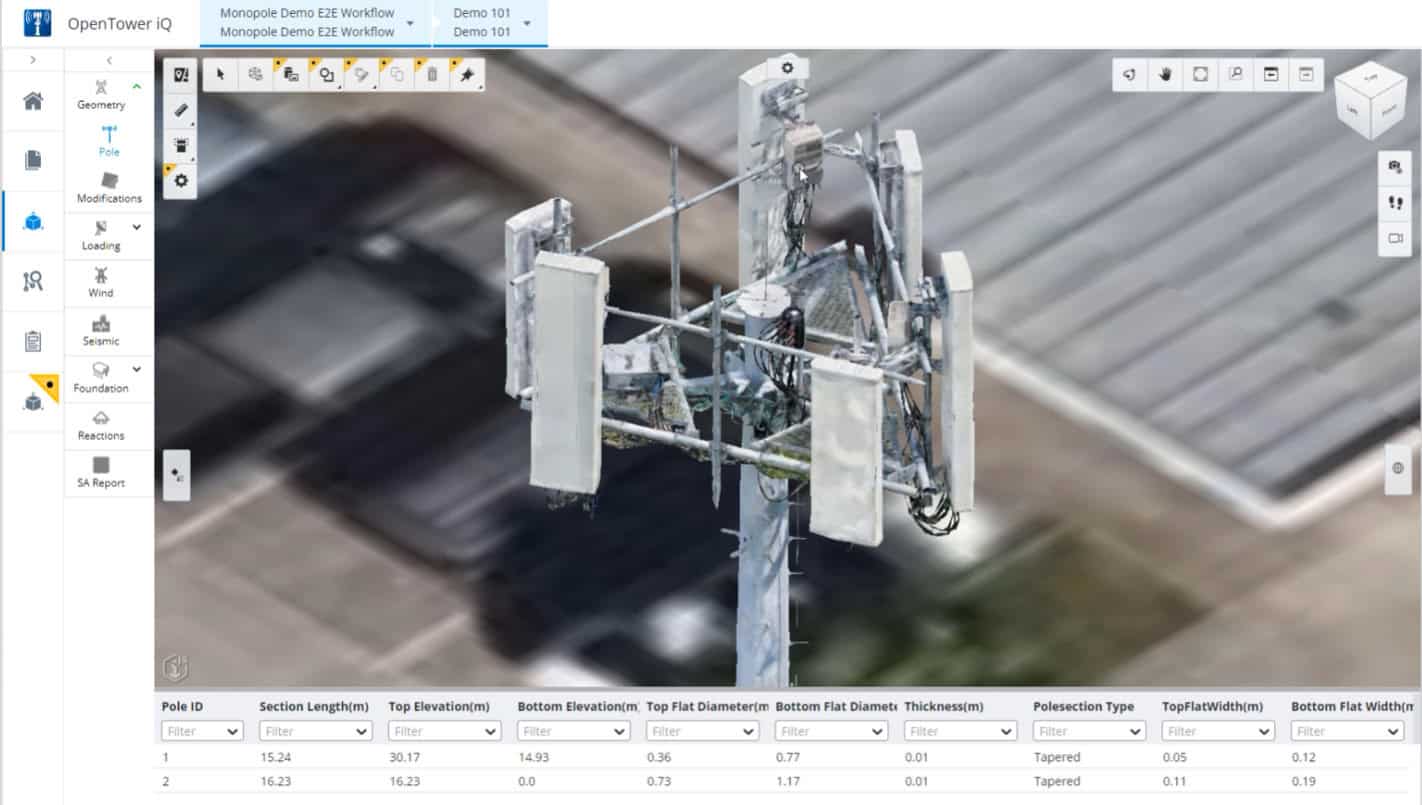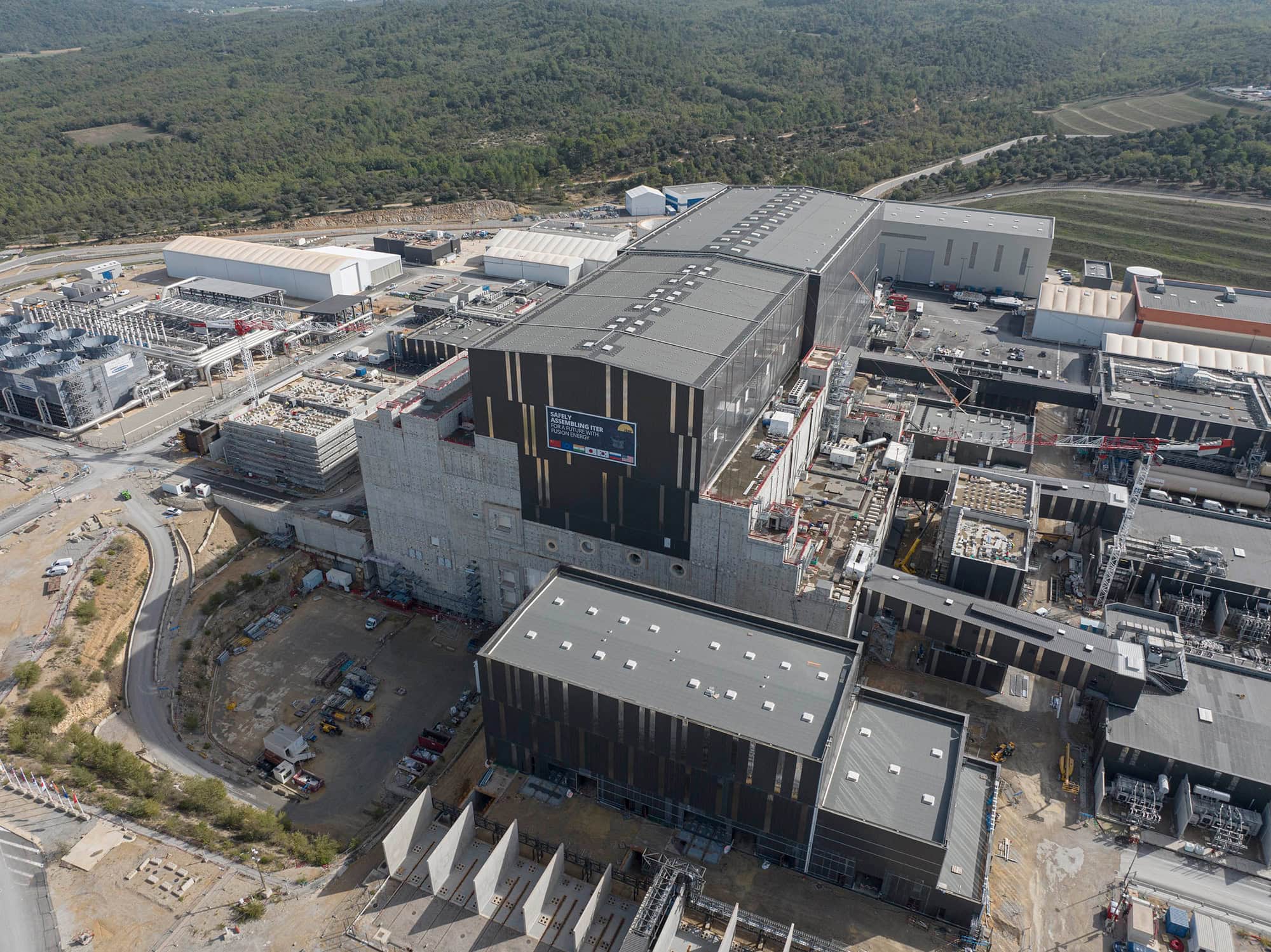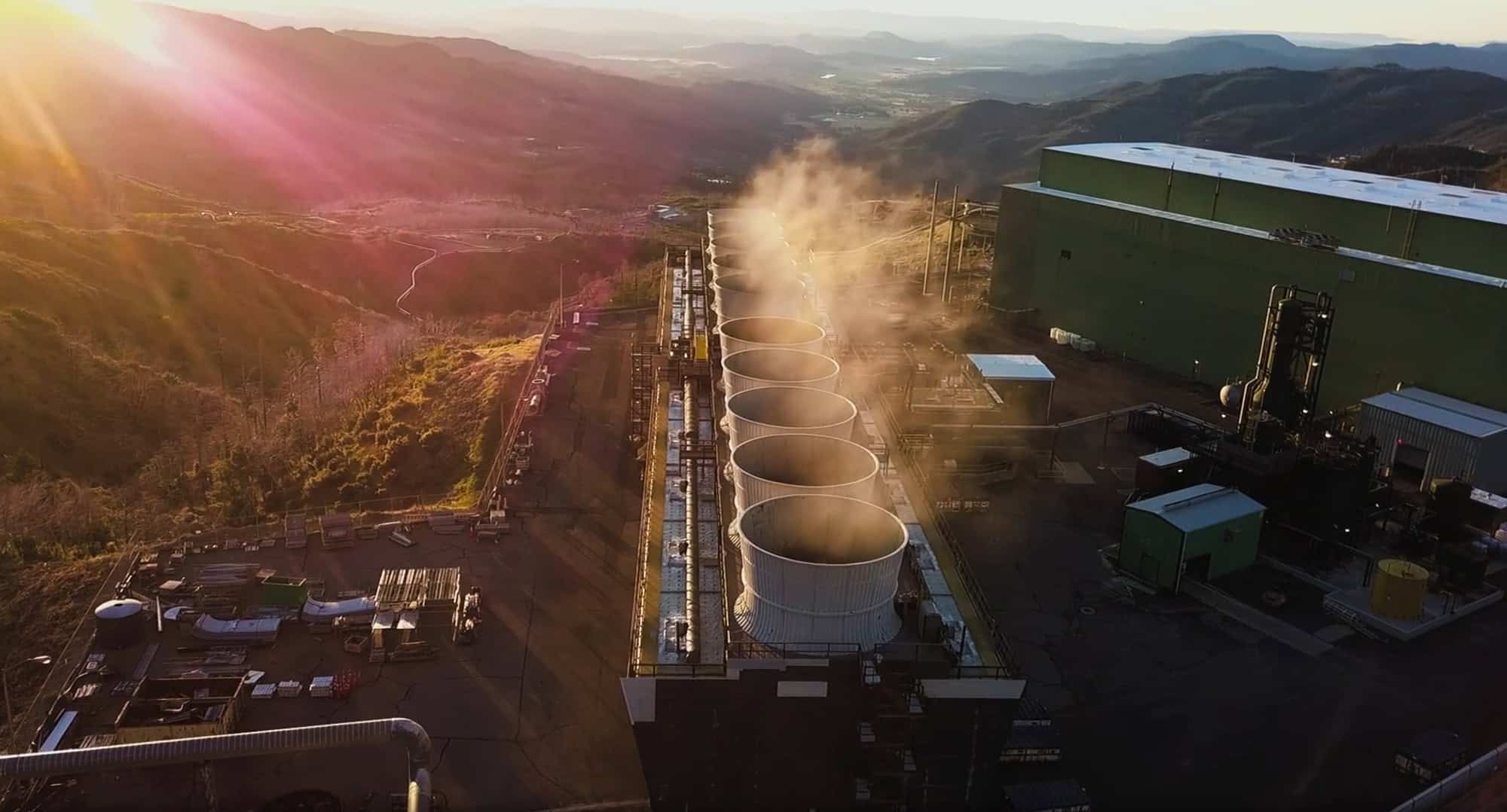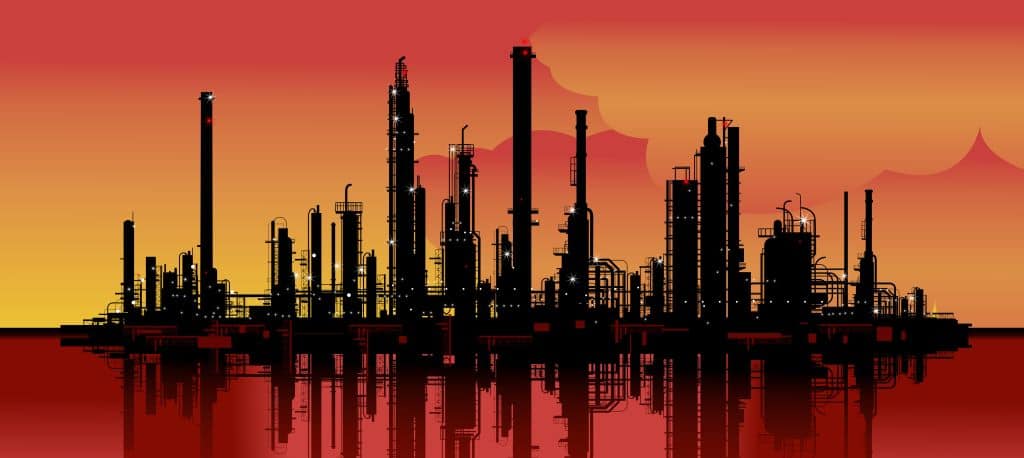Needless repetition is something Apurba Tribedi cannot abide. It was a formative frustration: every year, the river near his childhood home in Malda, India, burst its banks. The floodwaters washed out local houses, destroyed possessions, and sometimes forced families to start again from scratch.
As a schoolboy volunteering to make bread and cook rice to support the flood victims, he couldn’t shake a simple question: Why was no one building systems to stop this clockwork catastrophe? “My life’s motivation became very simple,” says Tribedi, now a senior director at Bentley Systems, the global infrastructure engineering software company. “When infrastructure is lacking, we must do something about it. From childhood, I only ever wanted to be an engineer.”
That mindset – refusing to accept problems just because they’ve always been there – stayed with him. Decades later, it inspired him to tackle big challenges, from bringing safe drinking water to tens of thousands of children in his hometown to leading the development of OpenTower iQ, a digital twin platform that is reshaping how telecom companies manage their cell towers. By reducing the need for technicians to climb towers – an inherently risky job – and cutting down on truck rolls, it not only supports critical communications, but also safeguards lives and lowers carbon emissions.
For Tribedi, it has always been about more than solving technical problems. It’s about having the imagination to improve, the tenacity to build, and the overriding belief that technology should serve people. For Tribedi, engineering has always been an act of the heart as much as the mind.
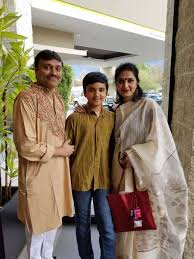
A knack for automation
An early academic project offers a case in point. In the early 1990s, at the Indian Institute of Engineering Science and Technology in West Bengal, Tribedi and his fellow civil engineering students were tasked with designing a multistory building. This meant endless manual calculations, repeated floor by floor. Instead, Tribedi taught himself Fortran, a programming language for handling scientific and engineering tasks, and used it to write a program to automate the calculations, then shared it with his classmates.
Soon, everyone was using Tribedi’s code to speed up their own projects. This was open source before open source was even a thing, he laughs. It was a telling moment that delivered firsthand the real promise of automation: not to replace engineers, but to liberate them.
Tribedi says his professor, who espoused a more traditional mindset, was miffed at this display of initiative. But Tribedi was steadfast. “If something is predictable and repeatable, it should be automated,” he insists. “Engineers shouldn’t spend their days as glorified typists when they could be thinking creatively about their designs instead.”
Building the foundations of modern engineering
In 1994, Apurba was hired straight out of college by Research Engineers International (REI). The software company’s flagship product was STAAD.Pro, the structural analysis software that is now a cornerstone of modern infrastructure design. Engineers use it to calculate whether a structure will stand up – to loads, forces, design codes, and standards. (Recently, the global engineering giant Arcadis used STAAD to design floodwalls for New York City.)
His very first assignment took him to Japan to encode that country’s design standards for concrete into the STAAD program. Later, he did the same in the UK for steel standards. The experiences laid the groundwork for a global engineering perspective and a fluency in turning code into trusted tools.
Soon, Tribedi became what he calls a “one-man army” – part product manager, part entrepreneur, part evangelist. He led development of STAAD.Foundation, which lets engineers design foundations and superstructures in the same environment without jumping between tools or risking errors as data is moved. “It was about interoperability,” he says. “When you’re designing a building, it should be a seamless experience, without friction.”
From the subsurface into the sky
Bentley acquired REI in 2005 and was looking to find new applications for STAAD. Today, one of them, called OpenTower, helps engineers analyze and design telecom towers. In a way, OpenTower and the telecom tower industry have evolved together. 4G was rolling out and with 5G on the horizon, mobile networks were expanding quickly. What had started as a simple set of tasks – send climbers up, take a few photos, hope the measurements were good enough – was already straining under increasing complexity. Every antenna needed to be positioned and angled precisely to avoid signal gaps and interference. Yet companies still lacked reliable records of their own assets.
Tribedi saw an opportunity to build something transformative, and successfully lobbied to take control of OpenTower under Bentley’s new entrepreneurial approach to emerging markets. The switch to extreme vertical structures was a cause for trepidation. “It was a new industry for me altogether, but the engineering fundamentals are very similar,” he says. “So, first things first, let’s go to conferences!”
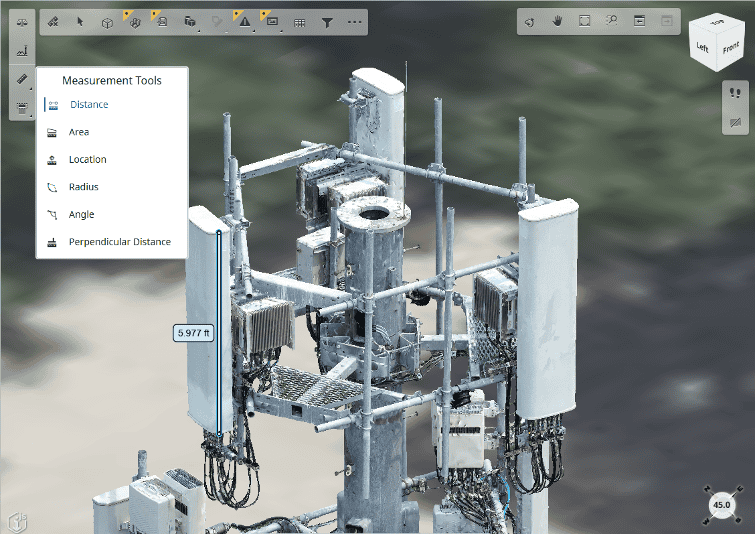
Taking on telecom towers
In 2014, Apurba attended his first U.S. telecom tower industry conference—a Telecommunications Industry Association TR-14 committee meeting, where top tower owners, including Crown Castle, American Tower, and SBA Communications, gathered to discuss structural standards and regulatory codes for antenna-supporting structures. He listened as attendees described the industry’s persistent challenges: engineers pulling data from scattered, inconsistent sources and then spending hours on spreadsheet-like tools trying to certify their analyses, with no 3D model to confirm against. They spoke of estimating equipment positions from 2D photos, relying on “best-known” data, and struggling to trust their own records. With thousands of assets and tight delivery schedules, the volume and fragmentation of data made the situation feel overwhelming.
But, Tribedi says, “the biggest problem was asset inventory.” He says that companies often “just couldn’t be sure” what antennas and other technology were on their towers. In an industry that depends on the constant reconfiguring of telecom towers, this was a big problem. Tribedi wasted no time. In an audacious move, he called the Bentley office and asked them to book a side room at the conference venue, and invited Crown Castle management to join him.
The next day, Tribedi stood before them with an impromptu presentation. The first priority was to stop engineers working blind, he told Crown Castle. Back then, all information was displayed as tables without any graphical confirmation. “You must have 3D graphical capability,” he told them. “And we, as Bentley, are masters of that.”
He also proposed combining this with STAAD’s trusted engineering backbone for accurate design and analysis, along with integrated foundation design so the entire process – from planning to verification – could happen in one environment without clumsy spreadsheets. “I presented my ideas for a product that would be more automated, reliable, and faster,” he says. “And that same day, I got all the necessary approvals, including industry support, to develop this new product.”
A new era of automation
OpenTower has never looked back. The original application – now known as OpenTower Designer – remains a trusted tool for structural design and analysis. But its evolution into OpenTower iQ marked a leap forward: combining that deep engineering expertise with powerful digital twin technology and automation. Today, OpenTower iQ is transforming how tower owners in the US and around the world manage their physical networks. A single drone flight with a high-resolution camera is all it takes to gather data and automatically generate a 3D digital twin of a tower with millimeter accuracy. That’s enough to detect if the tilt of a transmitter is off by even 1 degree.
“It’s what comes with that high-quality data – that’s the magic,” says Tribedi. With this level of fidelity, his team was able to develop their own AI model from scratch, purpose-built to detect, characterize, and classify every component on a tower, right down to the make and model of the equipment. “What once took tower companies weeks of manual work, our system can do in a couple of hours,” says Tribedi. “At about one-fifth of the cost.”
And the ambition doesn’t stop there. Tribedi says the goal is to have 95% of the entire process automated, so companies can generate everything they need – whether it’s a detailed BIM model, an inventory report, or engineering documentation – with a single click or an API call. Already, the scale is remarkable. “We’ve processed over 40,000 towers in just two years,” he says. “Until recently, this would have been unimaginable.”
The impact of OpenTower iQ is hard to overstate. Tower owners and operators can instantly see what’s installed, what’s missing, and whether a tower is ready for new equipment – without yet another site visit. The result? Faster decisions, lower costs, and, with fewer climbs necessary, dramatically safer operations.
Tribedi describes a scenario familiar to telecom tower managers: trying to understand how many towers in a given region are 5G-capable. In the old days, that meant launching costly inspection projects and waiting months for results. Now, with amassed tower data located in the cloud, it takes just a few clicks.
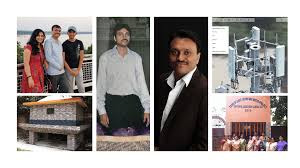
Giving back through infrastructure
Tribedi’s instinct as an engineer has always been to tackle the practical problems in front of him – especially those affecting public health. As a civil engineering student, he noticed that classmates kept falling ill with jaundice, a waterborne disease. Encouraged by a professor of environmental engineering, he and two classmates investigated the recurring problem and co-authored their first peer-reviewed paper identifying a likely source of contamination. They showed how water quality changed at different collection points, such as the source, storage tank, and outlets, helping to secure government funding to clean and replace decades-old pipelines.
Years later, that same drive led him to launch the Tribedi Safe Drinking Water Project in Malda, the region in eastern India where he grew up. In 2011, after witnessing firsthand how polluted water was making schoolchildren sick, he set out to fix the problem – starting with one school.
In true Tribedi style, what began as a plan to help a single school quickly grew into a mission to serve as many communities as possible. He rallied colleague support through Bentley’s STEM grant program, which resulted in donations of $70,000, enabling the project to build water purification systems that now provide safe drinking water to over 70,000 students across 50 schools. (Read the full story.)
“Happiness lies in selflessness,” he says. “When we dedicate ourselves to selfless acts with sincerity and passion, we gain a newfound, deeper meaning in our lives.”
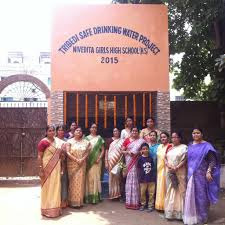
An electrifying passion project
Though telecom towers have been his focus at Bentley for the past decade, Apurba is already looking ahead, fueled by his passion to protect society. This time, he has his sights set on power transmission lines, and preventing their catastrophic failure.
Sadly, it’s a problem Tribedi knows well. Living in California, he has seen how overgrown trees or vegetation can brush against high-voltage lines, triggering catastrophic wildfires that destroy homes and displace entire communities. “It happened in my backyard. It happens virtually every year here,” he says.
Across the western United States, utilities face an enormous challenge: tracking thousands of miles of aging infrastructure in remote terrain, where even a single sagging wire or a leaning pole can start a blaze.
Tribedi believes the same data principles transforming telecom towers could help prevent these disasters. A monitoring system, he argues, could continuously map every component in 3D, alerting utilities to risks long before they ignite. “This isn’t just infrastructure,” he says. “Look at the human impacts. We must prevent them.”
From a boy on a flooded riverbank to a leader shaping how critical infrastructure is built and maintained, Tribedi’s story is one of relentless curiosity, compassion, and the conviction that preventable disasters should never be accepted as inevitable.
Sean O’Neill is a seasoned editor, journalist, and science communicator. He spent 14 years at New Scientist and served as the magazine’s People Editor. Sean has written for Google DeepMind, served as communications lead at the Cambridge Centre for AI in Medicine at the University of Cambridge, and worked as a Science Writer for The Alan Turing Institute in London. You can also find his byline on AI stories and profiles on the Bentley blog.
